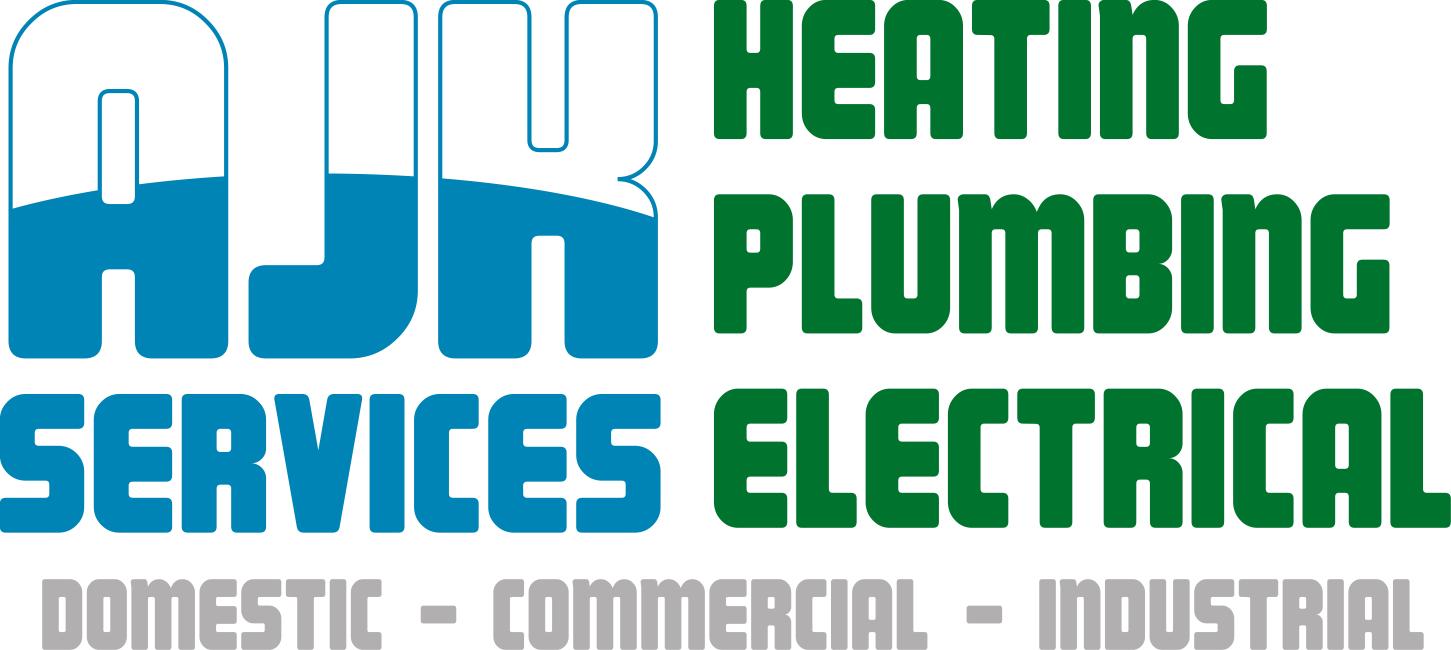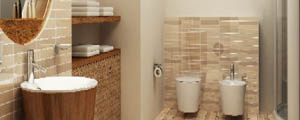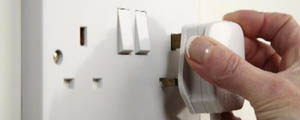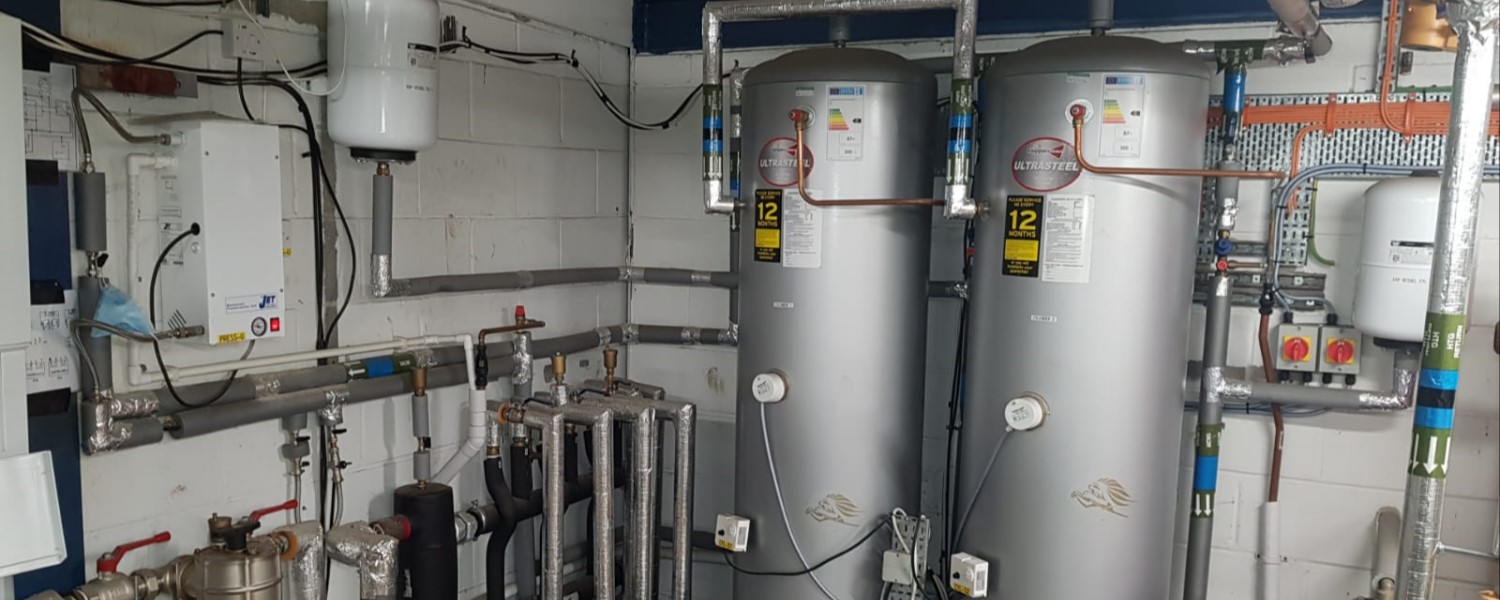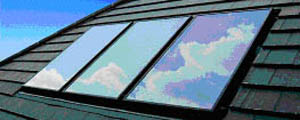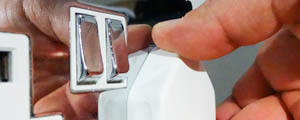 An emerging demand is now being seen for unvented hot water storage cylinders and the same properties that have made copper synonymous with domestic hot water in Great Britain apply equally in unvented packages.
An emerging demand is now being seen for unvented hot water storage cylinders and the same properties that have made copper synonymous with domestic hot water in Great Britain apply equally in unvented packages.The traditional British domestic hot water supply system, in which water is heated and stored for use, is based on cold water feed from a storage cistern to a heated cylinder that is vented to the atmosphere.
The flow rate and pressure of the hot water discharged from the hot water outlets is then dependent on the height of the storage cistern above the outlets. The desire to remove cisterns from the roof space means increasing difficulties in meeting consumer demands for modern designs of high performance hot water systems and in particular the growing market for showers, from traditional open vented systems.
Unvented domestic hot water systems can, however, meet these expectations by utilising regulated cold water supplied directly from the mains to the heated storage cylinder.
Included with the cylinder is a package of safety devices and controls to regulate temperature and pressures within the system.
This type of system can provide flow rates in excess of 25 litres/min thus meeting BS6700 specification for design flow rates of 18 litres/min whilst retaining the facility for simultaneous draw-off from other hot water outlets.
Advantages of the Unvented Hot Water System
|
|
Unvented hot water storage systems have become popular in the UK since their introduction in 1985. A system of storing and supply hot water under pressure was actually invented by an Englishman in 1861. This system was then developed and became popular across the world. Unvented hot water storage systems save space in the loft when compared to traditional systems and can supply large volumes of hot water on demand. One of the key benefits is that the hot water supply is delivered at mains pressure right across the house. However because of the possible dangers associated with water stored in a sealed vessel under pressure and at high temperature, it is important to have the system serviced once a year. This service will amongst other things test the functionality of the safely valves that operate in the event of a fault.
It must be noted that an unvented hot water cylinder should have been installed by an approved installer who would have notified the local authority of the installation. The approved installer will have installed a system recognised by an approved testing authority such as the British Board of Agreement. When replacing parts on an unvented system it is important to always use replacement parts supplied by the manufacturer of the system.
How will your unvented system be serviced?
The servicing of an unvented hot water storage system will include the following:
- Inspecting for signs of wear or damage
- Checking to see that the correct manufacturer' parts are fitted
- Testing the temperature and pressure relief valves – shown above
- Removing the line strainer and cleaning the filter
- Checking the pressure of the expansion vessel
- Setting the correct incoming water pressure
Unvented water heaters are safe to use if installed and maintained correctly, that's why only approved engineers should be able to install or service them.
They incorporate three levels of safety:
- Thermostats that prevent the water being heated above 60 – 65˚
- High level cut-outs that operate when water reaches 80 – 85˚ because the thermostat has failed and a temperature relief valve, which operates if both of the other safety features fail and the water reaches 90 – 95˚
- In addition unvented water systems also incorporate a pressure relief valve which operates at 6 – 7 bar
Manufactures recommend that unvented water heaters are serviced once each year and that a record of this service is kept close to the water tank. If you would like to discuss a one-off or annual service agreement for your water heater please contact us with no obbligation or visit our Home or Business Protection Cover for more information
